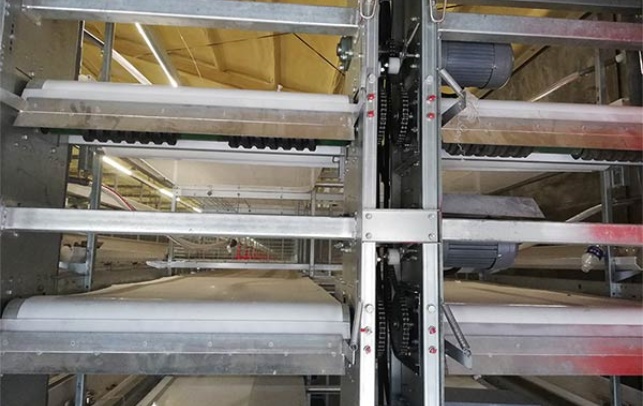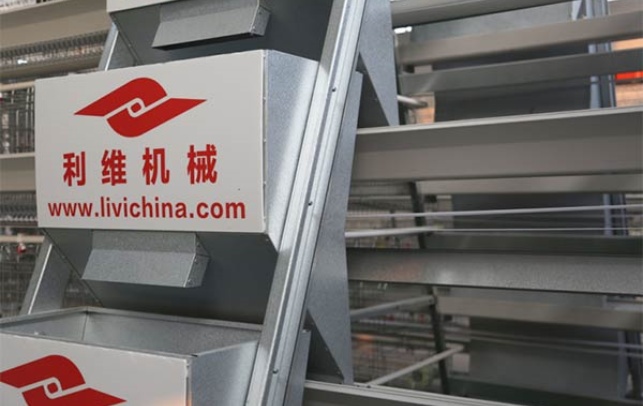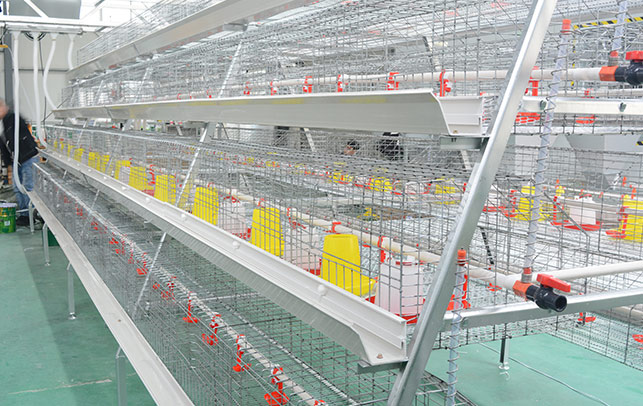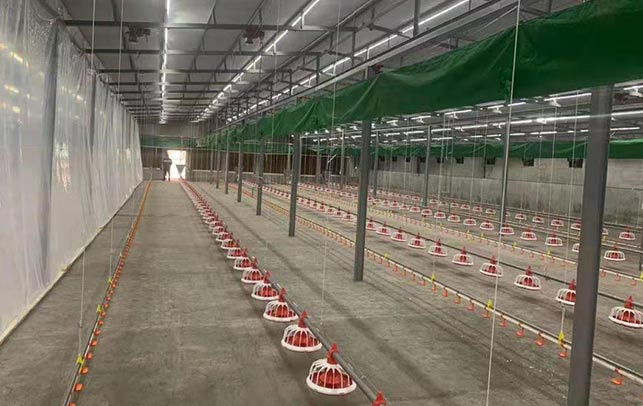Kuroiler Farming in Kenya: A Comprehensive Guide
Time : 2025-05-13
Kuroiler farming in Kenya has become a significant aspect of the country’s poultry industry. These birds, known for their rapid growth and adaptability, are becoming increasingly popular among farmers. In this article, we’ll dive into the basics of Kuroiler farming in Kenya, including how to start, the benefits, and tips for success.
Introduction to Kuroiler Farming
Kuroiler chickens are a cross between local chickens and the Rhode Island Red breed. They are bred for their fast growth rate and excellent adaptability to various climates. Kuroiler farming in Kenya is gaining traction due to the demand for high-quality meat at a reasonable price.
How to Start Kuroiler Farming in Kenya
Before diving into Kuroiler farming, it’s essential to understand the basics. Here’s a step-by-step guide to help you get started:
1. Market Research
Before starting your Kuroiler farm, conduct thorough market research. Identify potential buyers, competitors, and the demand for Kuroiler meat in your area.
2. Land and Infrastructure
Choose a suitable location for your farm. It should be accessible to the market, have adequate space for the chickens, and be protected from predators. Construct chicken coops that provide shelter from the elements and enough space for the birds to move around comfortably.
3. Breeding Stock
Purchase high-quality Kuroiler chicks from a reputable breeder. Ensure that the chicks are healthy and disease-free. It’s also crucial to select the right breed for your specific needs, as there are various types of Kuroiler chickens available.
4. Feeding and Nutrition
Kuroilers are heavy feeders, so providing a balanced diet is essential for their growth. Use a combination of corn, soybean meal, and vitamins and minerals to ensure the birds receive all the necessary nutrients.
5. Health Management
Regularly monitor the health of your chickens. Implement a disease prevention program, including vaccination and proper hygiene practices. Keep an eye out for signs of illness and seek veterinary assistance promptly.
Benefits of Kuroiler Farming in Kenya
Kuroiler farming offers several benefits, making it an attractive venture for farmers:
1. Fast Growth Rate
Kuroiler chickens mature quickly, providing a shorter payback period for farmers.
2. High Feed Conversion Ratio
These birds have a high feed conversion ratio, meaning they produce more meat per unit of feed consumed.
3. Adaptability
Kuroiler chickens are adaptable to various climates, making them suitable for farming in different regions of Kenya.
4. Disease Resistance
Kuroiler chickens are generally more disease-resistant than other chicken breeds, reducing the risk of financial losses.
Tips for Success in Kuroiler Farming
To ensure your Kuroiler farm is successful, consider the following tips:
1. Continuous Learning
Stay informed about the latest trends and advancements in Kuroiler farming. Attend workshops, read industry publications, and seek advice from experienced farmers.
2. Good Record Keeping
Keep detailed records of your farm’s activities, including purchases, sales, and health treatments. This information will help you monitor the farm’s performance and make informed decisions.
3. Networking
Build a network of contacts within the poultry industry. This can provide valuable insights, advice, and opportunities for collaboration.
4. Diversification
Consider diversifying your farm’s products. For example, you can raise ducks or grow vegetables alongside your chickens to maximize your income.
Conclusion
Kuroiler farming in Kenya presents a promising opportunity for farmers looking to enter the poultry industry. By following the steps outlined in this guide and implementing the tips for success, you can set yourself up for a profitable venture. Remember, continuous learning and networking are key to staying ahead in this dynamic industry.
Tags












